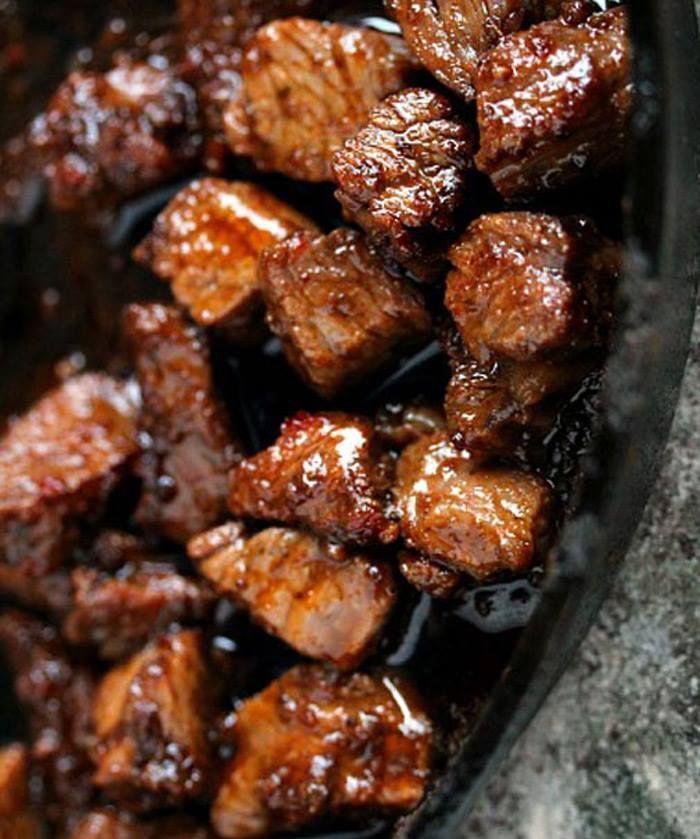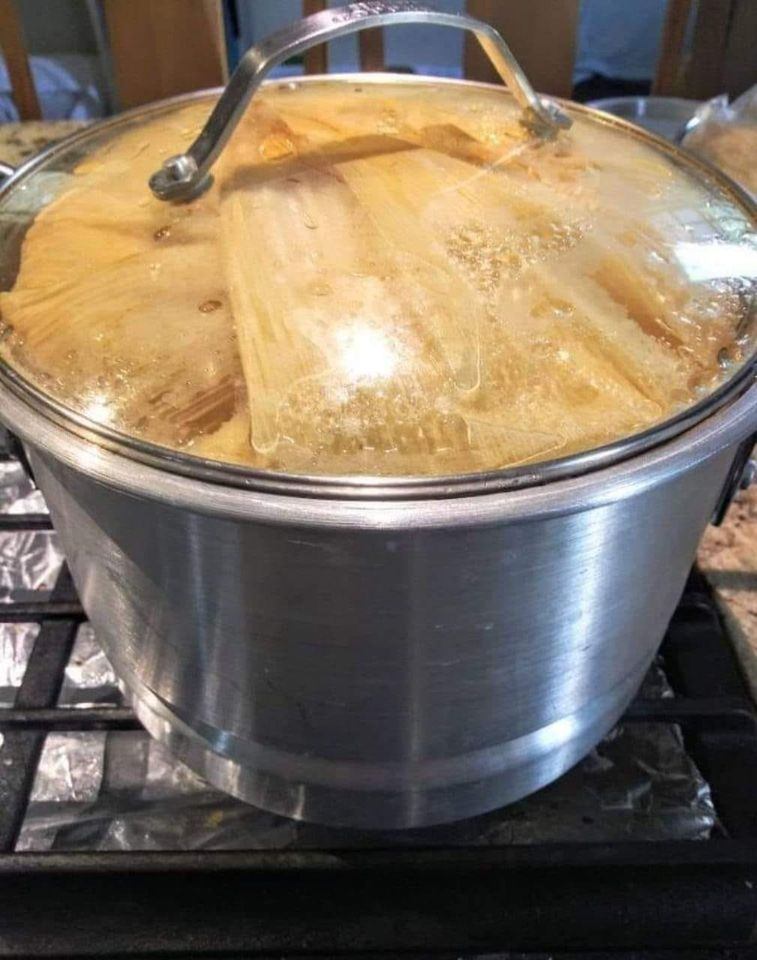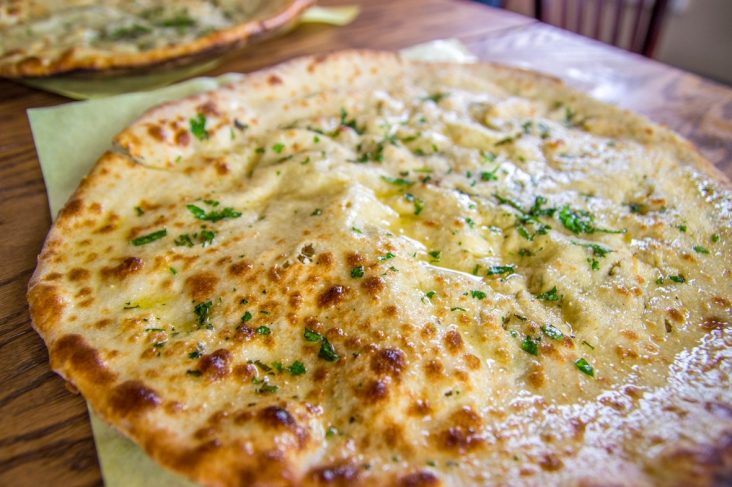Fried Kefalotyri (Saganaki)

Savoring the Magic of Fried Kefalotyri (Saganaki)
There’s something about the scent of fried cheese wafting through a sunny kitchen that transports me straight to a bustling little taverna on the Mediterranean coast. One bite of crispy, golden fried kefalotyri—known lovingly as saganaki—and I’m 10 years old again, seated at a wooden table with my grandfather, waiting for that sizzle as the pan hits the table. If you’ve never tried making fried kefalotyri (saganaki) at home, you’re in for a treat. It’s the ultimate comfort food, equal parts nostalgia and pure, delicious simplicity.
Why You’ll Adore This Fried Kefalotyri (Saganaki)
Honestly, I could gush about this fried kefalotyri (saganaki) for days, but here’s why I think you’ll fall in love too:
- Quick & easy: It only takes about 10 minutes start to finish—perfect when you’re craving something savory in a hurry.
- Showstopping flavor: There’s nothing quite like the salty tang of kefalotyri cheese encased in a crisp, golden crust (that’s why it’s a Greek taverna classic!).
- Simple ingredients: Just a few pantry staples and you’re set. No fancy cheese mongers required—promise!
- Versatile crowd-pleaser: Whether you’re serving as an appetizer, or sneaking it for lunch with a salad, saganaki has a way of bringing everyone to the table.
Ingredients You’ll Need for Fried Kefalotyri (Saganaki)
Let’s break down what you’ll need and how to choose each item for the tastiest result:
- 2 slices Kefalotyri cheese (1 cm thick): If you can find authentic Greek kefalotyri at your market, definitely scoop it up! It’s salty, slightly sharp, and firm—just right for frying. If not, try graviera or even halloumi for a similar vibe.
- 1/2 cup flour (for dredging): All-purpose flour gives just enough structure for a crispy crust (and helps prevent sticking).
- 2 tbsp olive oil: Go for extra virgin olive oil if you can—it adds beautiful flavor and a hint of Mediterranean flair to your fried cheese.
- Lemon wedges, for serving: Don’t skip the lemon! A generous squeeze brightens the rich cheese and brings everything into delicious balance.
Step-by-Step Guide: Making the Perfect Fried Kefalotyri (Saganaki)
Ready to make some classic fried kefalotyri (saganaki)? Here’s how I do it at home, with a few little tricks for maximum ooey-gooey perfection.
- Prep the cheese: Cut your kefalotyri into thick slices (about 1 cm)—not too thin or it’ll melt away, but not too chunky either!
- Dredge: Pour your flour onto a plate and lightly coat each slice of cheese, shaking off the extra. This will help get that crispy golden crust.
- Fry it up: Heat the olive oil over medium-high in a nonstick or well-seasoned pan. Once it’s shimmering, gently lay in the cheese slices.
- Get it golden: Fry until each side is beautifully golden and crisp—about 1-2 minutes per side. Flip carefully with a thin spatula.
- Serve hot: Slide the fried kefalotyri (saganaki) onto a plate, squeeze lots of lemon over the top, and serve right away. It’s best straight from the pan when the cheese is perfectly melty!
If you want to really impress, try serving it in the actual frying pan, sizzling and all—just like in Greek restaurants!
My Secret Tips and Tricks for Fried Kefalotyri (Saganaki) Success
Let’s get you set up for fried cheese glory! Here are my go-to tips, based on more than one kitchen mishap (don’t worry, I’ve done plenty of “research”):
- Choose your cheese wisely: The firmer the cheese, the better. Kefalotyri holds up beautifully, but graviera works if you can’t find it (try your local specialty store or the international aisle).
- Don’t skimp on flour: Coat every surface to lock in the melty, cheesy center.
- Pan matters: Nonstick or a seasoned cast iron prevents sticking and helps you ace that crispy crust every time (trust me, it’s worth the clean up).
- Watch your heat: Keep the oil hot but not smoking—too cool and the cheese gets greasy, too hot and you’ll burn the crust before the inside gets soft.
- Extra flavour: Throw in a pinch of dried oregano or chili flakes after frying if you want to amp up the classic Greek flavors.
Creative Variations and Ingredient Swaps
One of my favorite things about saganaki? How adaptable it is to whatever you have on hand (or dietary needs):
- Cheese swaps: No kefalotyri? Halloumi, kasseri, or even a very firm feta (pat it dry!) will work. Each cheese brings a unique flavor—experiment to see what you love.
- Gluten-free: Use a fine gluten-free flour or cornstarch for dredging.
- Herb accents: Fresh thyme, oregano, or basil sprinkled over just before serving adds a burst of color and herbaceous aroma.
- Upgrade the finish: A drizzle of honey or sprinkle of sesame seeds brings out entirely new saganaki personalities (especially if you like a sweet-savory combo).
- Make it spicy: Serve with a pinch of Aleppo pepper or a little smoked paprika for warmth.
How to Serve and Store Your Fried Kefalotyri (Saganaki)
Fried kefalotyri (saganaki) is at its absolute best hot from the pan—melty, crispy, and irresistible. Here’s how to serve and what to do with any leftovers:
- Serve as an appetizer: With a pile of lemon wedges, some olives, and crusty bread. Don’t forget a glass of something crisp (even sparkling water!).
- On a mezze platter: Pair with hummus, roasted red peppers, and fresh cherry tomatoes for the ultimate spread.
- Storing leftovers: If you have any saganaki left (rare in my house), pop it in a container in the fridge. To reheat, warm gently in a nonstick pan—never the microwave—or set in a low oven to bring back the crispiness (it probably won’t be quite as snappy as fresh, but still sooo good).
- Keyword bonus: Fried cheese appetizers like this are best savored in good company!
FAQs: Your Top Questions About Fried Kefalotyri (Saganaki) Answered
Can I use another cheese if I don’t have kefalotyri?
Absolutely! Halloumi, graviera, or kasseri are all great alternatives (look for anything labeled “frying cheese”). Just avoid soft cheeses—they’ll melt away to nothing.
How do I prevent the cheese from sticking to the pan?
A nonstick or well-seasoned cast iron skillet is your best friend here. Also, don’t move the cheese too soon! Let it form a crust before you flip it.
Can I prep saganaki ahead of time?
I wouldn’t recommend frying it until just before serving (it’s all about the melty moment!). But you can slice and dredge the cheese in advance so it’s ready to go.
Is saganaki gluten-free?
With gluten-free flour or cornstarch, yes! The frying method stays the same.
What’s the best way to serve fried kefalotyri (saganaki)?
Hot from the pan with lots of fresh lemon, plus good bread to soak up the olive oil—or tuck slices into a salad for a next-level lunch.
There you have it—my favorite way to bring a little Greek sunshine into any meal with fried kefalotyri (saganaki). Whether you’re hosting a gathering or just looking to treat yourself, this crispy, melty cheese recipe is pure joy on a plate. If you try it, let me know how it goes—or share your own twists in the comments below.
Happy cooking, friend!





